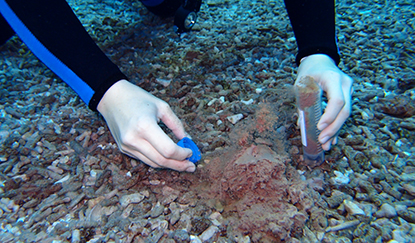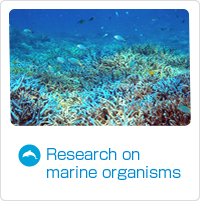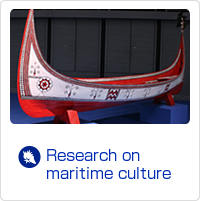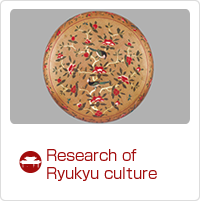- Home
- Okinawa Churashima Foundation Research Institute
- Studies of Marine Animals
- Research activity report
- Publication of scientific paper on the foraging behavior of whale sharks using stable isotope analysis

Research on marine organisms
Publication of scientific paper on the foraging behavior of whale sharks using stable isotope analysis
In order to determine how food is being digested and absorbed in the bodies of the whale sharks in Okinawa Churaumi Aquarium, we conducted stable isotope analysis of nitrogen and carbon in the skin, blood, feces and food. Based on this data, and from studying wild whale sharks migrating near Okinawa, we were able to estimate trophic levels and foraging areas.
Until now, it was thought that whale sharks have an animal-based diet (e.g. krill), however it has become clear that they may also incorporate plants (e.g. phytoplankton) in their diet. It is also suggested that the foraging areas differ depending on the individual.
These results provided by stable isotope analysis will allow a greater understanding of whale shark ecology.
Authors
Alex S.J. Wyatt, Rui Matsumoto, Yoshito Chikaraishi, Yosuke Miyairi, Yusuke Yokoyama, Keiichi Sato, Nao Ohkouchi, Toshi Nagata (Bold Letters: Staff members of Churashima Foundation)
Title of Paper
Enhancing insights into foraging specialization in the world's largest fish using a multi-tissue, multi-isotope approach.
Title of Journal
Ecological Monographs
Article link
https://esajournals.onlinelibrary.wiley.com/doi/epdf/10.1002/ecm.1339

Collecting blood sample
Collecting feces sample
Copyright (c) 2015 Okinawa Churashima Foundation. All right reserved.




























